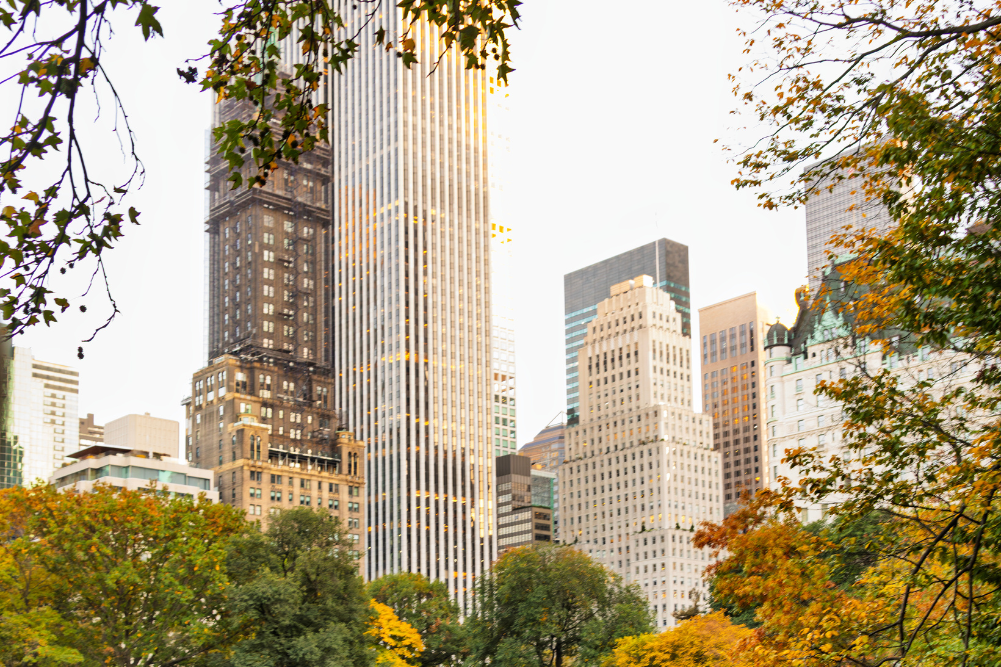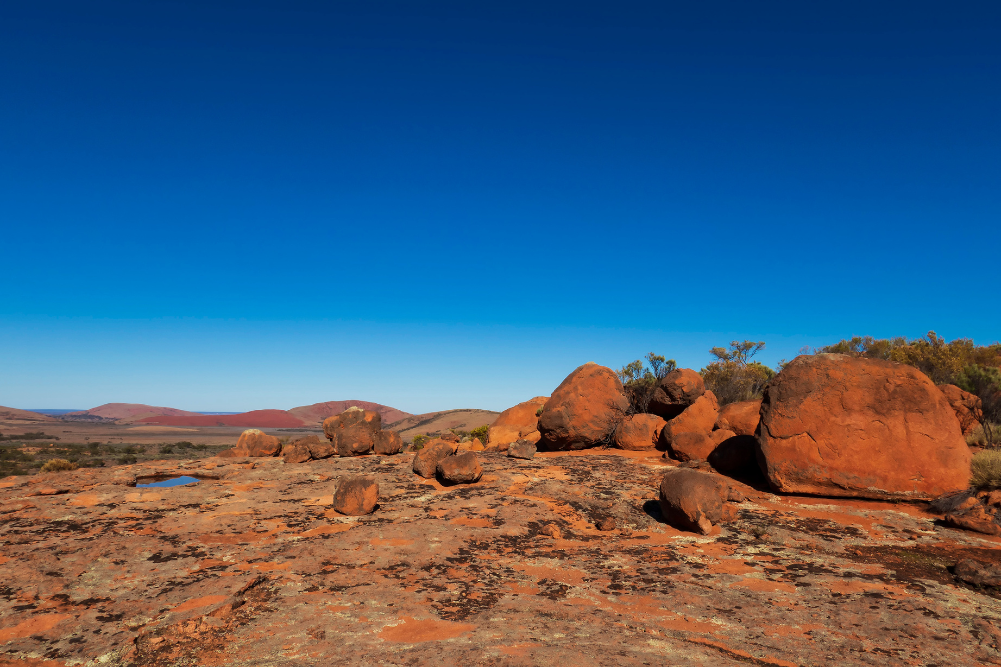Pasta al-pollard
Italian cuisine has many delights to offer your palate. Who could deny the pleasure of a creamy Alfredo sauce clinging gently plate of fettuccine? Then there is summer joy of penne anointed with a rich napolitana. While these dishes offer many pleasures, the pasta itself is something of a culinary rogue, packed with carbs that threaten to balloon your waistline. That porky-pasta effect however, may all be about to change.
In a new study published in the journal Food Chemistry researchers claim to have discovered a way to make pasta healthier. While the study has broken new ground, the search for a healthier pasta that tastes good has been going on for quite some time.
Pasta is made from durum wheat, which is naturally higher in nutrients, including protein, than other types of wheat. However, like white flour, durum flour is refined, so it\’s missing the nutritious bran and germ (known as the “pollardâ€), which contain the valuable nutrients. In processing durum wheat for pasta the bran and pollard is removed leaving the semolina from which the pasta is made. Unfortunately this leaves pasta with a very high glycaemic load making it less than ideal in terms of weight loss and general health.
Often refined flours used to make pasta are enriched with three B vitamins, such as thiamine, riboflavin, and niacin, and iron, so most are not nutritionally empty. It is undeniable though that if you are looking for the most nutritious type of pasta, wholemeal is superior. Its bran and germ are intact so it has many vitamins, minerals and protein that are missing in refined pasta. It also has a lower glycaemic load than refined pasta.The problem is that wholemeal pasta is much chewier and has a distinctly different taste to refined pasta which is why the search for a way to get the nutrition and the taste into pasta has been keenly pursued.
In 2002 a study was undertaken at the University of Plymouth (Journal of Agricultural and Food Chemistry) to investigate the relationship between pasta texture and characteristics in relation to glucose release to the blood when fibre was added to the semolina. Pastas with added soluble and insoluble dietary fibre ingredients were evaluated in relation to cooking properties and texture. They found that added fibre did reduce glucose release after eating a meal made with the fortified fibre but that unfortunately taste and texture was adversely affected.
A study published in the European Journal of Clinical Nutrition tried adding psyllium husks as a fibre source to pasta. The double whammy with this study was that while taste and texture was affected, there was no reduction in insulin response.
A new study however, has offered some promise.
The researchers in the latest study observed that previous attempts to produce high fibre pasta have used pasta dried at low temperatures. Since pasta dried at high temperatures is known to have better mouth-feel and taste they decided to prepare a range of pastas at high temperatures adding in various amounts of bran and pollard and evaluating for taste, cooking properties, texture, and digestibility.
They found that at a ten per cent addition rate for pollard they were available to achieve minimal impact on quality but at the same time increasing total antioxidant status and fibre content of the pasta. At higher levels than the ten per cent, pollard caused deterioration in taste and texture. Unfortunately, at all levels, the addition of bran resulted in diminished taste.
So, while pasta is not a dreadful food, particularly considering the amount that is eaten and the fact that it can be had with some healthful sauces, the addition of a bit of pollard may make it not only tasty but healthy. Who knows, you might see “pasta al-pollard†on your menu very soon.







